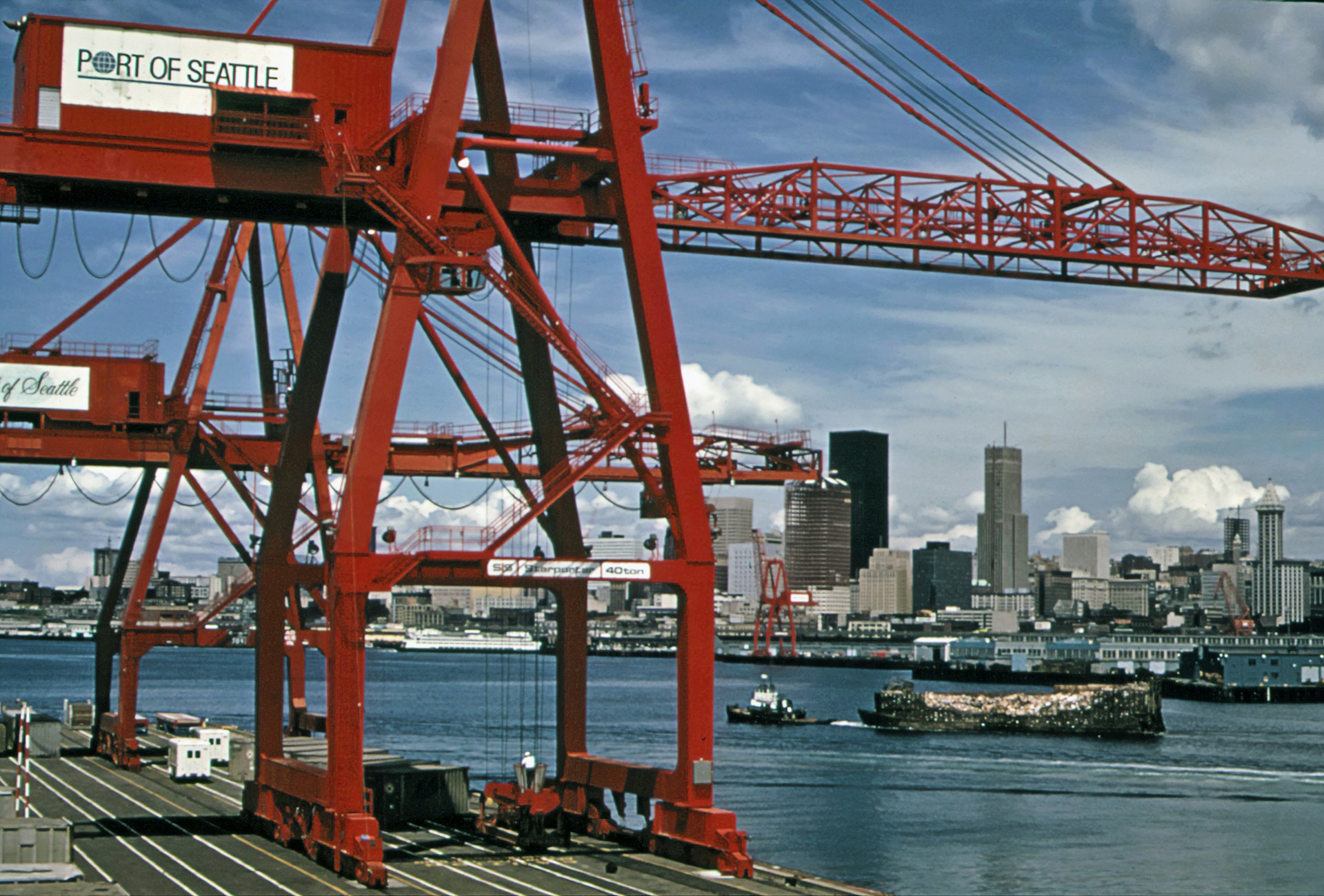Seattle to Focus on Emissions Cuts in Cruise Agreements

The Port of Seattle has taken a significant step toward environmental sustainability by making greenhouse gas (GHG) reduction a core requirement for renewing long-term cruise berthing agreements.
According to a recent announcement, the Port of Seattle Commission has approved an order instructing the Executive Director to:
- Assess cruise lines’ progress in meeting both the Port of Seattle's (Port) and the International Maritime Organization's (IMO) GHG reduction targets before renewing or extending any long-term berthing contracts.
- Share cruise line emission data and ongoing reduction efforts to meet GHG goals with the public.
- Ensure that any future long-term berthing agreements, leases, and renewals with homeported cruise lines include provisions that support the evaluation of their GHG reduction strategies.
“The Port of Seattle is uniquely positioned to lead the global maritime industry in environmental sustainability best practices and strategies,” said Port of Seattle Commission Vice President Toshiko Hasegawa. “We are leveraging our partnerships to accelerate advancements toward our Century Agenda goals of responsibly investing in the economic growth of the region and all of its communities, and becoming the greenest and most energy-efficient port in North America, promoting transparency of our progress for the public.”
By 2025, the Port of Seattle expects nearly 1.8 million passengers and over 300 cruise ship calls, generating over $900 million in economic benefits for the region. However, the Port also acknowledged that this growth could lead to higher GHG emissions unless low- or zero-carbon energy sources are widely adopted.
The Port’s Century Agenda, along with the Northwest Ports Clean Air Strategy (NWPCAS), aims to eliminate emissions from all seaport-related sources by 2050, aligning with the IMO's goal of net-zero GHG emissions for the maritime industry by mid-century. As part of these efforts, the Port adopted a policy in June requiring all homeported cruise vessels to be fully shore-power capable and utilize shore power by 2027, making it the first U.S. port to mandate such measures.